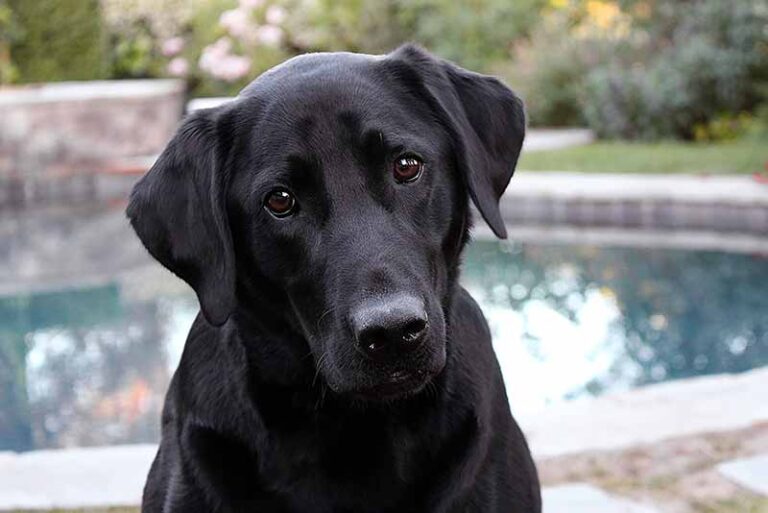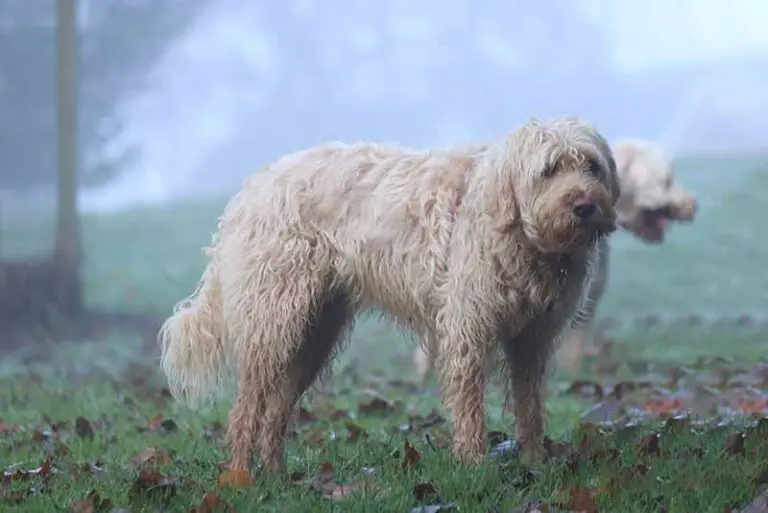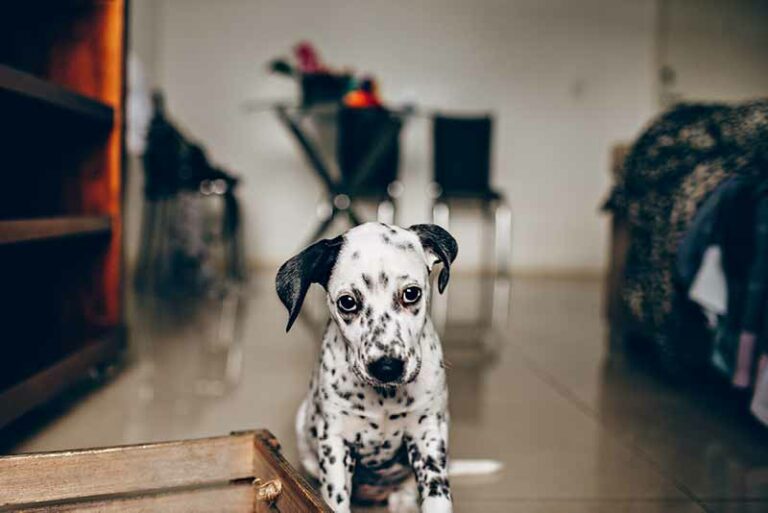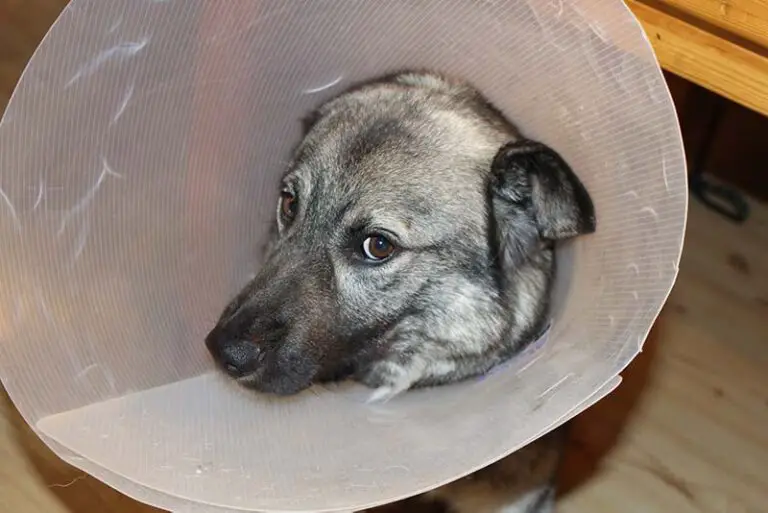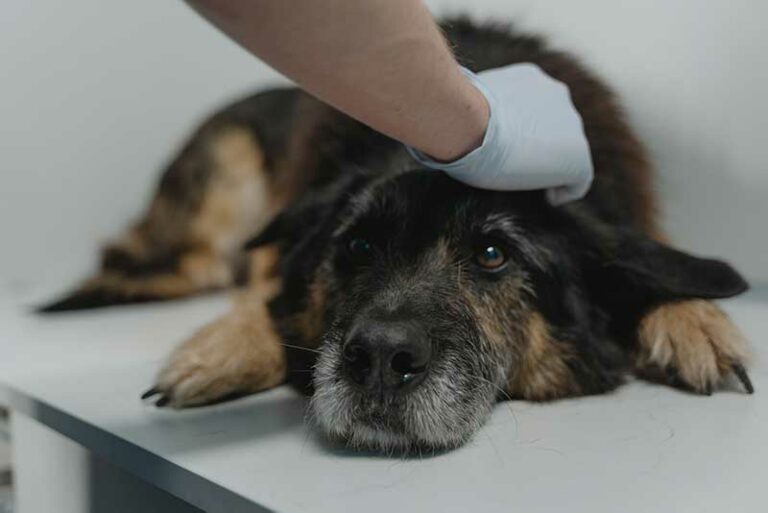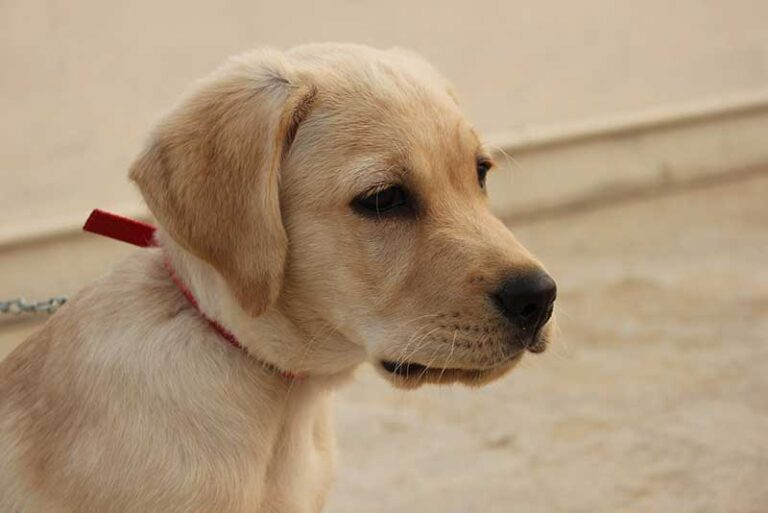Can Dogs Get Cavities? Yes [What To Do & Cost To Fix]
Ever wondered, ‘Can dogs get cavities?’ Turns out, our furry friends can! In this article, we’ll explore the dental world of our canine companions, discussing the why’s, what-to-do’s, and the cost of fixing doggy dental issues. Let’s keep those doggy smiles sparkling and healthy—here’s everything you need to know!
Oral hygiene plays a pivotal role in one’s health. We brush our teeth, floss, and keep our mouths clean to prevent cavities, gum diseases, bad breath, and other oral issues. It is evident why oral hygiene is essential for human beings.
However, oral hygiene is not always limited to humans. If you have a pet dog at home, you must pay attention to your pet’s oral hygiene. Like humans, dogs are also prone to dental issues, and neglecting your dog’s oral hygiene will likely have negative consequences.
In this article, we are focusing on whether dogs get cavities. To deepen your knowledge of this concern, keep reading.
Can dogs get cavities? They sure can. Poor oral hygiene often leads to cavities, a common dental issue humans face when they do not pay adequate attention to oral hygiene. In comparison to humans, dogs do not get cavities often. Even though dog cavities are considered rare, there are instances where dogs also get them.
Therefore, if you have a pet dog at home, ensure that you pay enough attention to its oral hygiene. The better you pay attention, the more you can prevent your dog from getting cavities.
It’s fun to have a furry friend at home. However, you also should remember that a pet dog always comes with a fair amount of responsibility. Grooming is mandatory for pet dogs.
Grooming is not merely limited to bathing and combing the dog; oral hygiene is also crucial to a pet dog’s grooming routine. Moreover, oral hygiene significantly contributes to the overall health of the dog.
If you haven’t included this in your pet dog’s grooming schedule, include it immediately. If you take the necessary precautions, cavities will not be a problem your pet has to deal with.
Can dogs get cavities?
Cavities, also known as tooth decay or caries, result from poor oral hygiene, and they develop tiny holes, permanently damaging the hard surface of teeth.
Teeth are naturally covered with a sticky bacteria named plaque; once we consume a meal, the bacteria turn into sugar and acids, and if you do not properly clean your mouth, the sugar and acid will damage the enamel and form cavities.
This is one of the most common oral issues among humans. As said, it is not just humans that get cavities; dogs can also develop cavities. However, while this issue is typical among humans, it is rare among dogs.
Still, you must remember that rarely doesn’t mean dogs will never get cavities. It is also essential to know that certain dog breeds are more vulnerable to cavities than others.
For instance, dog breeds with crowded teeth, such as Brussels Griffon, Shih Tzu, Lhasa Apso, Poodle, Chihuahua, Pug, and Dachshund, relatively have more chances of getting cavities.
If you wonder why dogs, in general, infrequently get cavities compared to humans, that is mainly because of the differences in diets. Unlike human food, a dog’s diet contains low amounts of acid and sugar; as a result, the tendency to get cavities is meager.
Besides the diet, the shape of dog teeth and the pH level of the dog’s saliva are also reasons for infrequent cavities. Scientifically speaking, human saliva has a pH level of 6.5 to 7, whereas dogs have a pH of 7.5 to 8, which is slightly alkaline or less acidic.
So, the chances of getting cavities are pretty low. Nevertheless, veterinarians recommend cleaning your pet dog’s teeth at least a couple of times a week to ensure that they maintain oral hygiene. Dogs could also develop bacteria in their mouths, leading to cavities.
Still, the good news is as long as you pay attention to your dog’s regular diet and brush their teeth a few times a week, you can certainly prevent them from getting cavities.
What does a cavity look like on a dog’s tooth?
Suppose your dog develops a cavity; how can you spot it? There are some common signs that you can observe to diagnose whether your pooch has a cavity. The symptoms that your dog indicates might change according to the severity of the decay.
However, in general, if you notice excessive drooling, lack of appetite, difficulties in eating, bad breath, yellowish or brownish gums, or gum bleeding in your dog, those could be indicators of a tooth cavity.
A tooth cavity evolves under various stages. Inflamed gums and spots in enamels are the initial signs of tooth cavities, and eventually, you will notice other symptoms.
However, if you do not have the proper experience, you will find it somewhat complicated to diagnose a tooth cavity in your dog at the early stages.
So, pay close attention to your pet’s dental health, and as soon as you notice any of the given signs, take the dog to a veterinarian without delay. The veterinarian will take a dental X-ray and determine the situation.
Is it OK for dogs to have cavities?
Cavities in teeth are never fun, neither for you nor your dog. Unlike humans, cavities are not typical for dogs. Therefore, if your dog develops a cavity, you cannot take it lightly.
If you completely deny your pet dog’s oral hygiene, on top of it, you do not bother to give them a balanced diet, there are chances of them getting tooth cavities. This will be an unpleasant and painful experience for your pet; moreover, it will cost you a lot for treatments.
If we are to give numbers, approximately only 5% of dogs get affected by teeth cavities. So, it is not necessarily OK for dogs to have them.
Suppose you left a cavity in your dog’s tooth untreated for a considerable period. In such cases, your pet will face more dangerous consequences.
To elaborate, experts have shown how periodontal diseases such as tooth cavities can negatively impact a dog’s immune system; moreover, it increases the risk of heart disease, diabetes, and broken jaws.
Cavities that develop in your pet dog’s teeth can be much scarier than you imagine. So ensure you take action to avoid every possibility of them getting a tooth cavity.
What do I do if my dog has cavities?
In general, the chances of your dog getting cavities are meager; still, as we said, it is not impossible. What if you completely ignore your dog’s oral hygiene? What if you let your dog eat junk food high in sugar? What if your dog has crowded teeth?
There are certain instances where dogs could get cavities, although it is considered rare. So, what can you do if your dog is suffering from cavities? Here’s how you can help your dog prevent cavities.
If your dogs show a sign or signs of cavities, do not waste a minute taking them to a veterinarian. Dog teeth cavities can be severe, so rather than sticking to homemade remedies, you should always get them treated by a professional.
Once a veterinarian diagnoses a cavity, they will determine the treatments depending on how far the cavity has grown.
We say that prevention is better than cure. So, it is always better to follow precautions to help your dog maintain oral hygiene and avoid cavities. Following an oral care routine for your pet dog is not perplexing.
You can brush the dog’s teeth a few times a week using toothpaste designed for dogs. Also, you can be cautious about what you feed your dog and give them chew toys to help manage growth. If you follow a proper oral care routine for your pet dog, the chance of getting cavities will be rare.
How much does it cost to fix a dog cavity?
As mentioned, the treatments for your dog’s teeth cavities depend on the severity of the cavity. A tooth cavity in a dog develops in five stages. If the cavity is diagnosed in the initial stages, it can be treated without removing the tooth.
However, once the tooth decay reaches the final stages, it damages the tooth significantly; therefore, it should be extracted. The cavity fixing process usually involves X-rays, oral examinations, giving anesthesia, scanning, nerve blocks, extractions, and medications.
So generally, this may cost around 800 to 1300 US dollars. The more you disregard the situation, the more it will get worse. So, the best thing to do to reduce the threat to your pet while cutting off these costs is to take care of your pet’s general oral hygiene.
Final thoughts
Cavities are rare among dogs; nevertheless, poor oral health can lead to dogs getting cavities. Dogs have naturally formed mouths that make less room for cavities.
However, you should never take your pet dog’s oral hygiene for granted. Because if the dog gets a cavity by any chance, the aftermath will be bad for the dog itself as well as for the owner.
Following an oral care routine for your dog is not a hectic task; it should be part of their regular grooming schedule. Paying attention to your dog’s oral care will surely prevent them from getting cavities.

![Can Dogs Get Cavities? Yes [What To Do & Cost To Fix]](https://jackrussellowner.com/wp-content/uploads/2023/11/Can-Dogs-Get-Cavities-Yes-What-To-Do-Cost-To-Fix.jpg)

